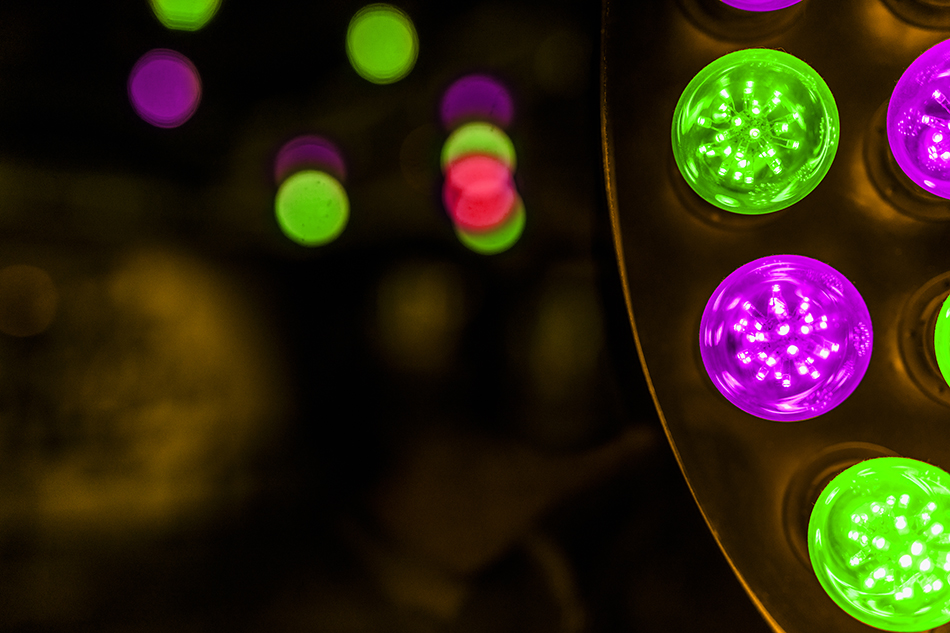Time:2025-05-12
The mini neon light multicolored has emerged as a cornerstone of contemporary lighting design, offering unparalleled adaptability for both aesthetic and functional applications. Combining compact form factors with dynamic color capabilities, these systems empower designers, businesses, and homeowners to transform static spaces into vibrant, responsive environments. This article explores their technical innovations, industry-specific applications, and role in shaping the future of smart, sustainable lighting.
Design Innovation and Flexibility
Ultra-Compact Form Factor:
Mini multicolored neon lights are engineered for seamless integration into tight or unconventional spaces, such as narrow shelving gaps, curved furniture edges, or intricate architectural details. Their slim profiles maintain minimalist aesthetics while delivering bold visual impact.
Modular Customization:
Linkable designs allow users to create expansive installations—wall murals, 3D sculptures, or interactive displays—without complex wiring.
Cut-to-length flexibility supports bespoke shapes, from geometric patterns to organic curves, aligning with avant-garde design trends.
Advanced Diffusion Technology:
Frosted silicone casings ensure a smooth, uniform glow free of hotspots, replicating the nostalgic charm of traditional neon with modern efficiency.
Intelligent Control Ecosystems
Dynamic Color Adaptation:
Shift between millions of RGBW hues via smartphone apps, voice commands, or touch-sensitive remotes.
Preset modes like "Sunrise Simulation" or "Party Pulse" automate ambiance shifts for homes, retail spaces, or events.
Smart Home Integration:
Sync with IoT platforms (e.g., Apple HomeKit, Samsung SmartThings) to coordinate lighting with security systems, thermostats, or entertainment setups.
NFC-enabled models allow tap-to-control functionality, ideal for rental properties or public installations.
Interactive Responsiveness:
Motion sensors or sound-activated modes let lights react to movement, music, or voice, creating immersive experiences in gaming rooms, studios, or galleries.

Applications Across Emerging Industries
Micro-Retail and Pop-Ups:
Compact Displays: Highlight products in micro-stores or kiosks with color-coded lighting that adapts to inventory themes.
Guerrilla Marketing: Deploy portable neon installations in high-foot-traffic areas to amplify brand visibility.
Personal Wellness:
Meditation Zones: Use calming color transitions to enhance mindfulness practices or yoga sessions.
Sleep Optimization: Program warm, dimmed hues to align with circadian rhythms in bedrooms or nurseries.
Educational and Creative Spaces:
STEM Kits: Integrate into DIY electronics projects to teach lighting principles and circuitry.
Artistic Collaborations: Enable artists to prototype light-based installations without bulky equipment.
Sustainability and Ethical Design
Energy-Efficient Performance:
Low-power LEDs minimize energy consumption, supporting green certifications like LEED or BREEAM in commercial projects.
Circular Material Use:
Recyclable silicone and aluminum components reduce landfill waste.
Modular repairs extend product lifecycles, allowing users to replace individual segments instead of entire systems.
Solar-Ready Systems:
Off-grid compatibility with solar panels enables sustainable installations in remote locations or eco-conscious events.
Competitive Advantages in Crowded Markets
Versus Traditional Neon:
Eliminate fragile glass and toxic gases while offering superior color control and energy efficiency.
Lightweight designs reduce shipping costs and carbon footprints.
Versus Basic LED Strips:
Directional lighting focuses illumination precisely, minimizing spillage in galleries or retail displays.
Enhanced durability withstands high-traffic environments, from airports to classrooms.
Future-Ready Trends
AI-Powered Personalization:
Machine learning algorithms analyze user preferences to auto-generate lighting scenes for homes or offices.
Augmented Reality (AR) Previews:
Visualize installations in real-time via AR apps, reducing trial-and-error during setup.
Biodegradable Innovations:
Pilot plant-based silicone alternatives to achieve compostable end-of-life solutions.
Conclusion
Mini neon lights multicolored are redefining illumination as a dynamic, interactive medium. Their fusion of compact design, intelligent control, and eco-conscious engineering positions them as essential tools for modern designers and innovators.
For cutting-edge solutions that blend creativity with sustainability, explore TTKLED’s Multicolored Neon Series, designed to inspire tomorrow’s lighting landscapes.